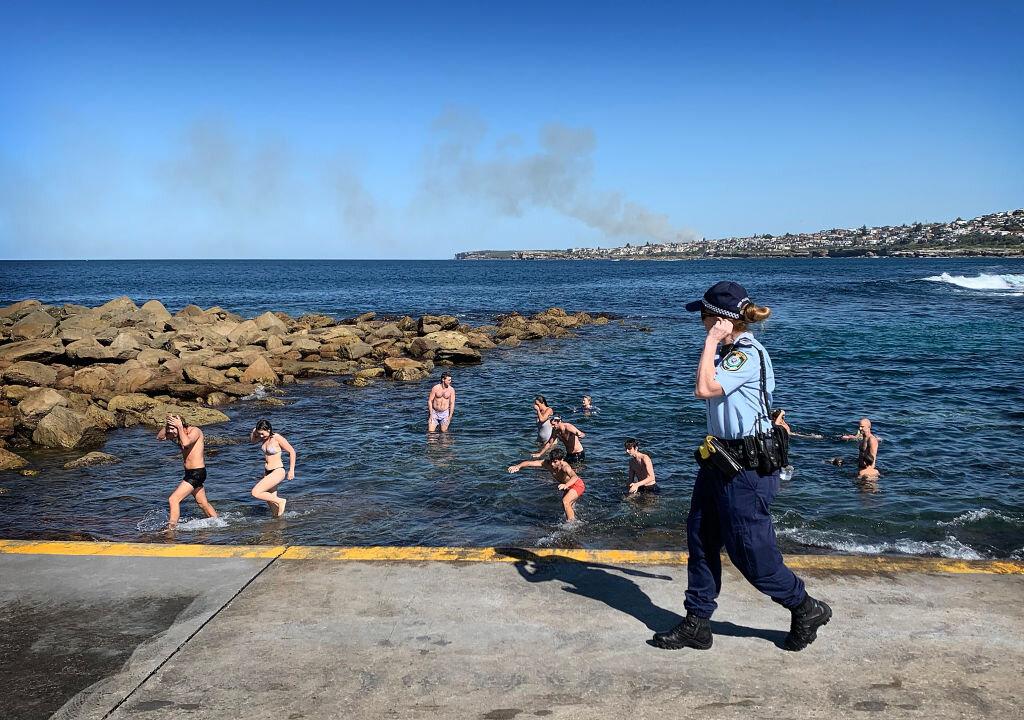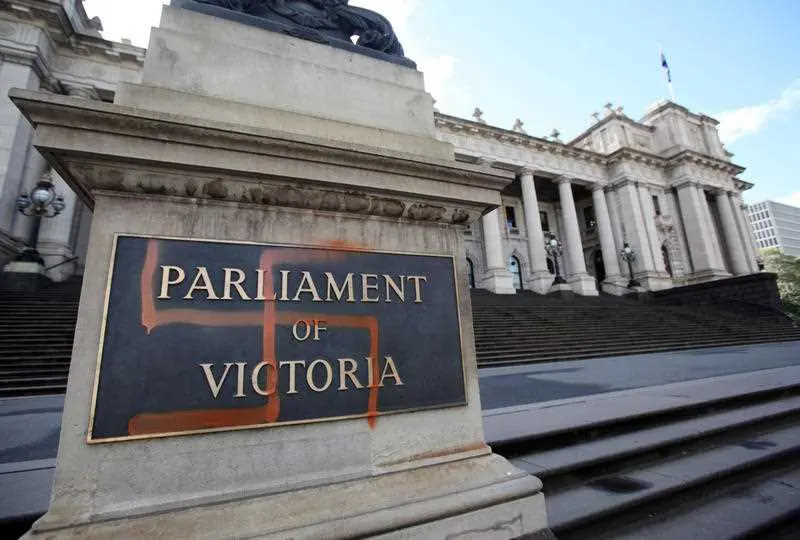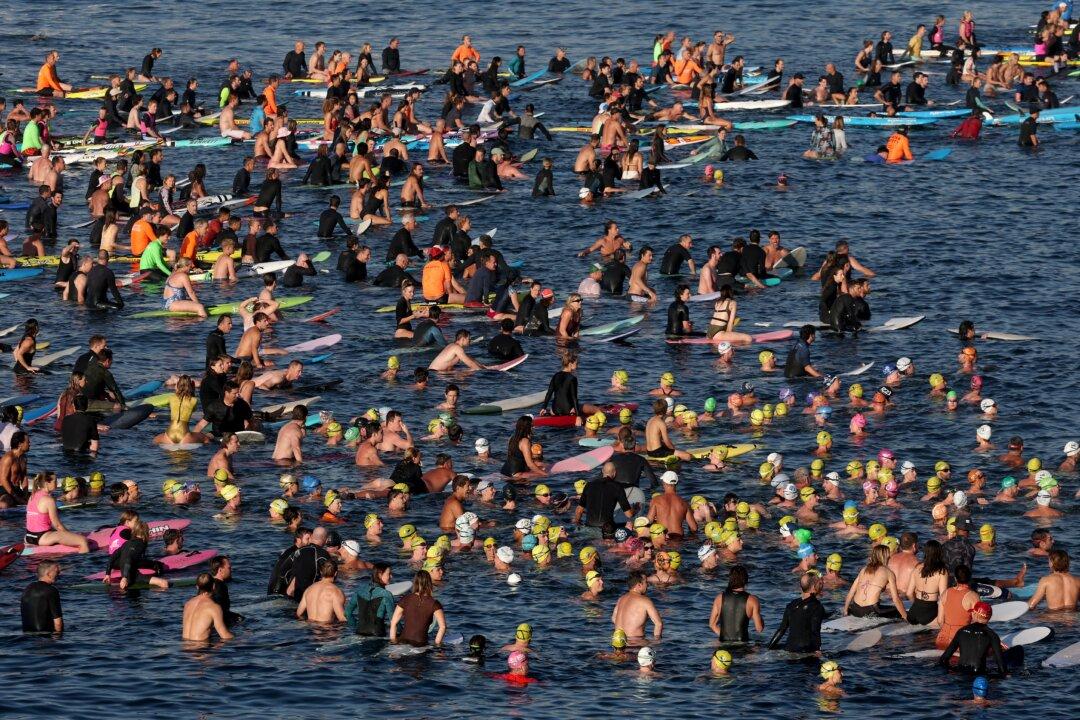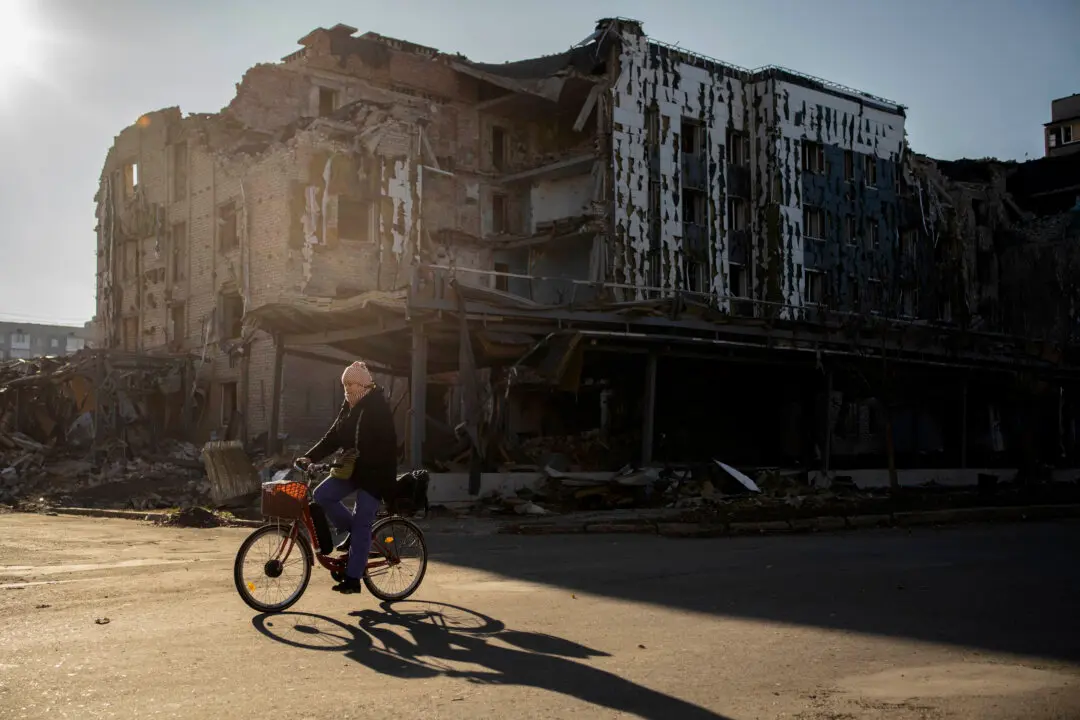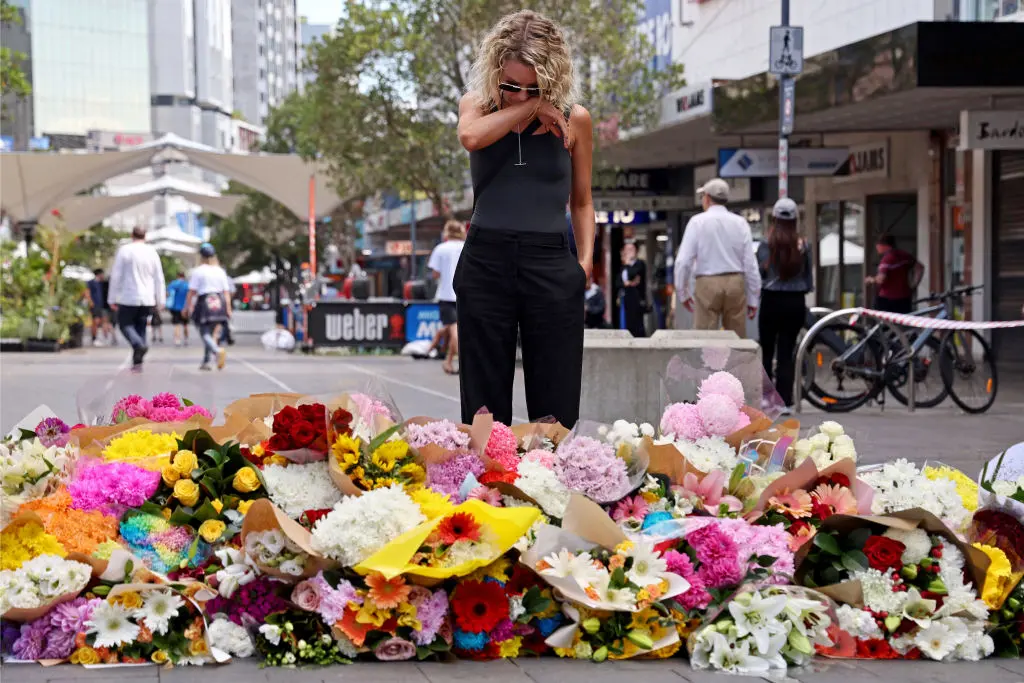Australians are slacking off on COVID-19 social distancing guidelines and even locked down Victorians have dropped off marginally, a study shows.
The Australian National University research survey, released on Sept. 3, has been billed as the first study to compare experiences and attitudes of embattled Victorians with the rest of the nation.
